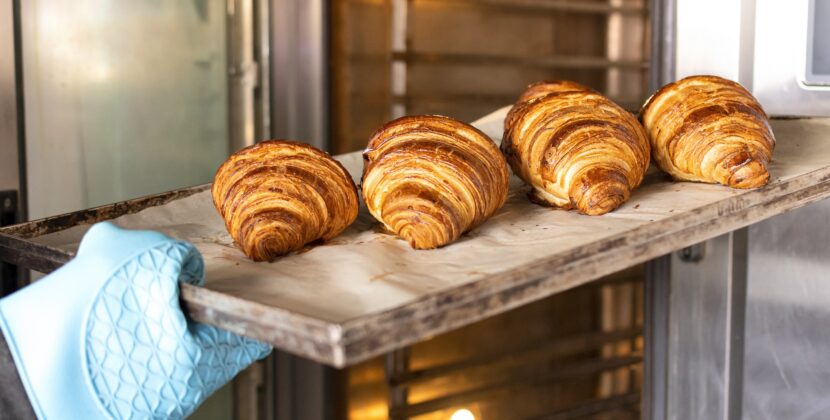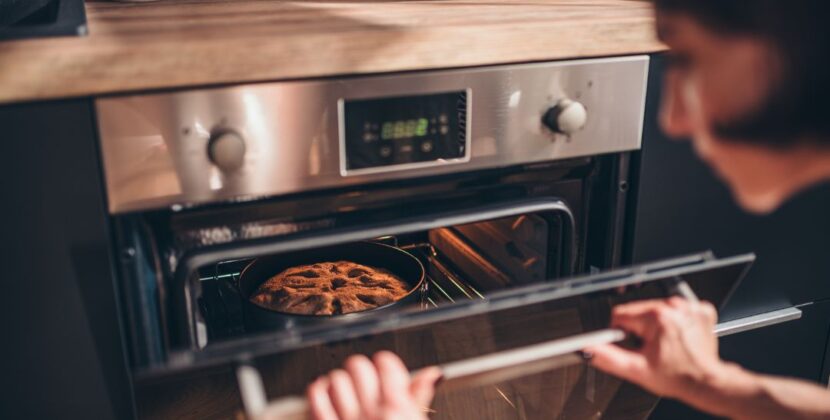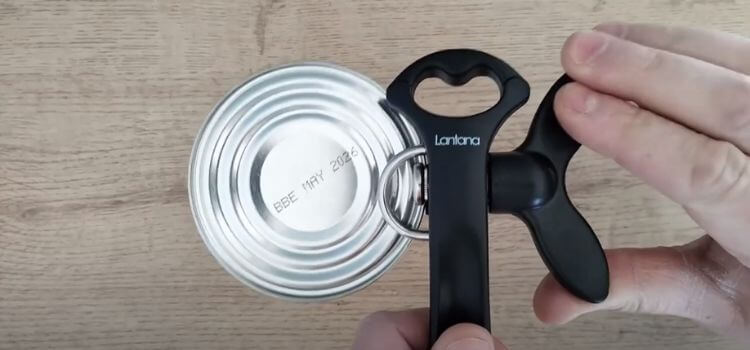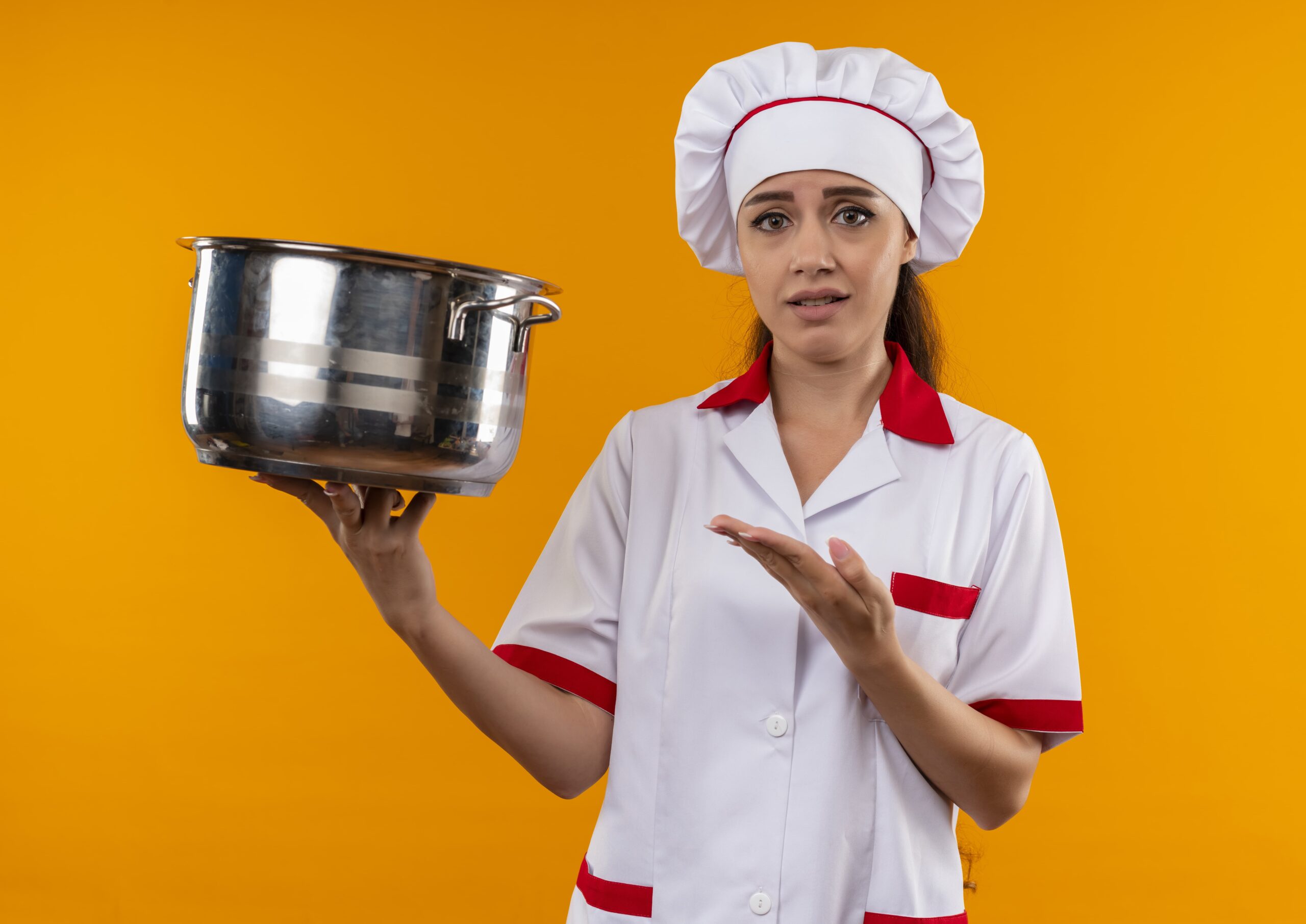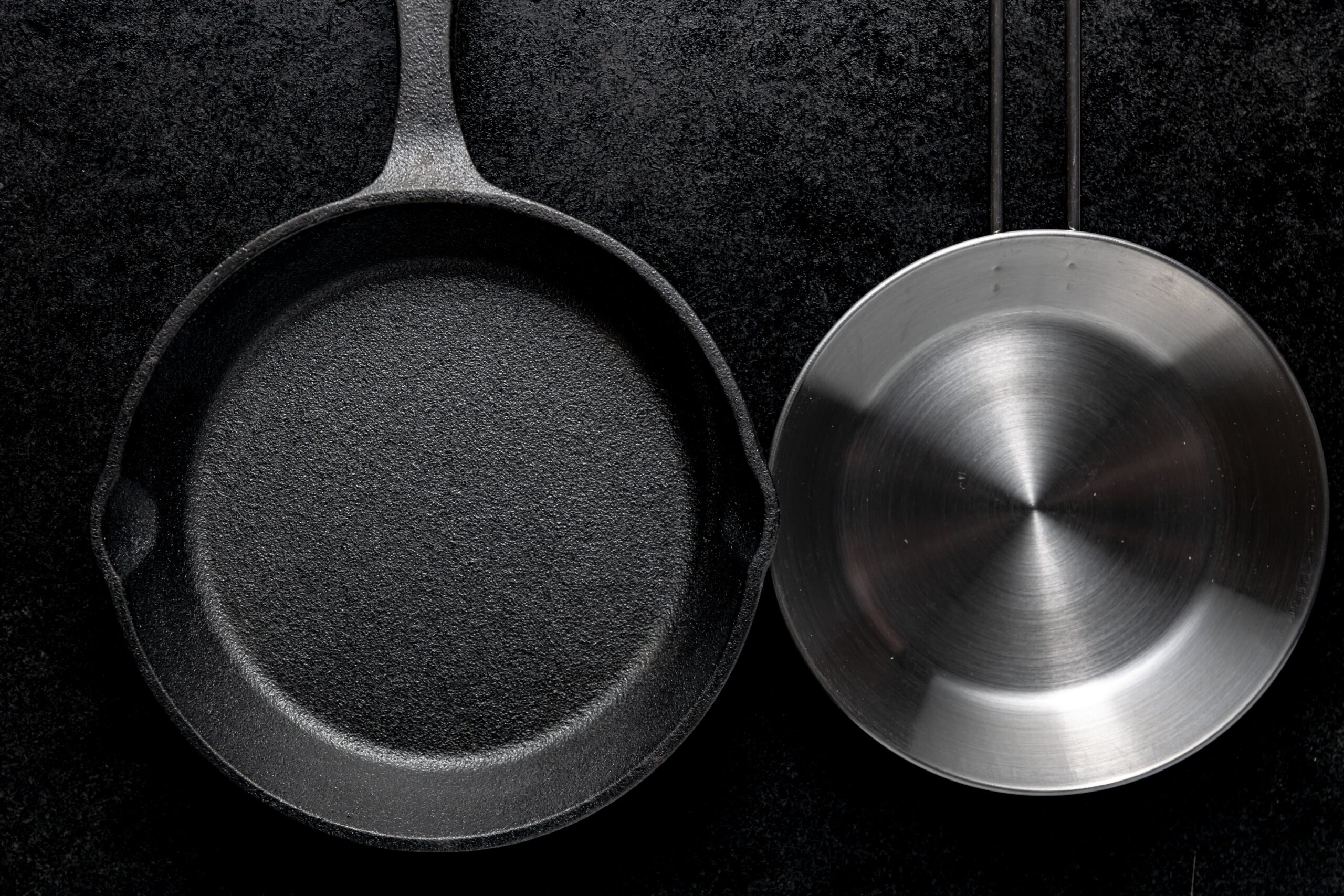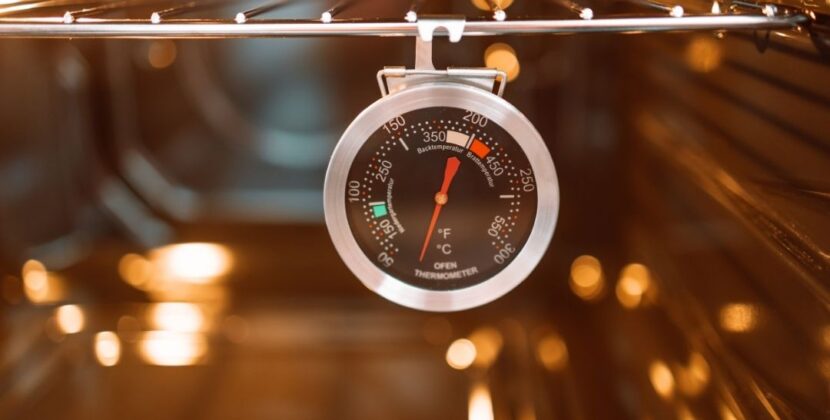
As an Amazon Associate, I earn from qualifying purchases
In the busy kitchen of our lives, there’s a culinary superhero that often goes unrecognized or misunderstood—the pressure pan. The modern pressure pan is a safe, effective tool that any home cook can use with excellent results, despite those timeless stories of pressure cookers blowing up in vintage black-and-white films. This is not just a guide for the well-versed in the kitchen; it’s also for those who want to know how this kitchen magic works.
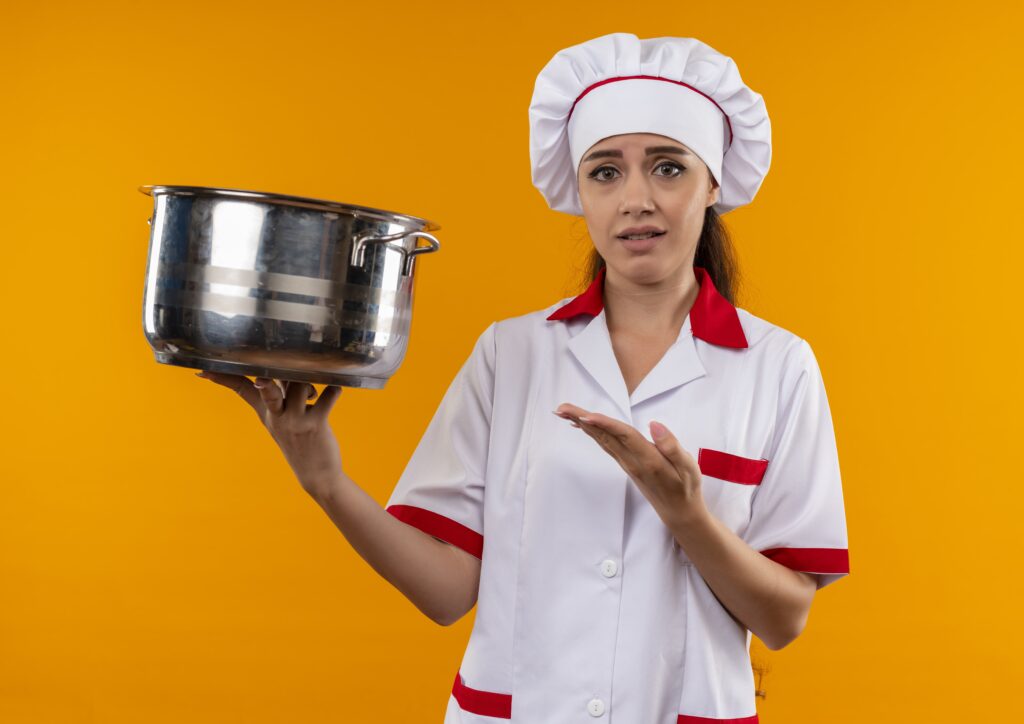
Why Use a Pressure Pan?
Unveiling the Allure of Time
Imagine walking into your kitchen after a long day and conjuring an aromatic, hearty stew in less than half the regular cooking time. That’s the time-saving magic of a pressure pan. It’s not just for stews; you can whip up soups, whole grains, and even tender meats without the hours that traditional cooking methods require.
Cooking with a Conscience
The pressure pan is a brilliant invention in a world where energy efficiency and sustainability are crucial. It saves energy and, consequently, money on your utility bill by cutting down on cooking time.
Preservation of Goodness
Nutrient preservation is another attraction. Your food’s nutrients are more likely to survive the cooking process and end up in your body rather than down the drain with the cooking water if you cook it for shorter periods and with less heat exposure.
How Does a Pressure Pan Work?
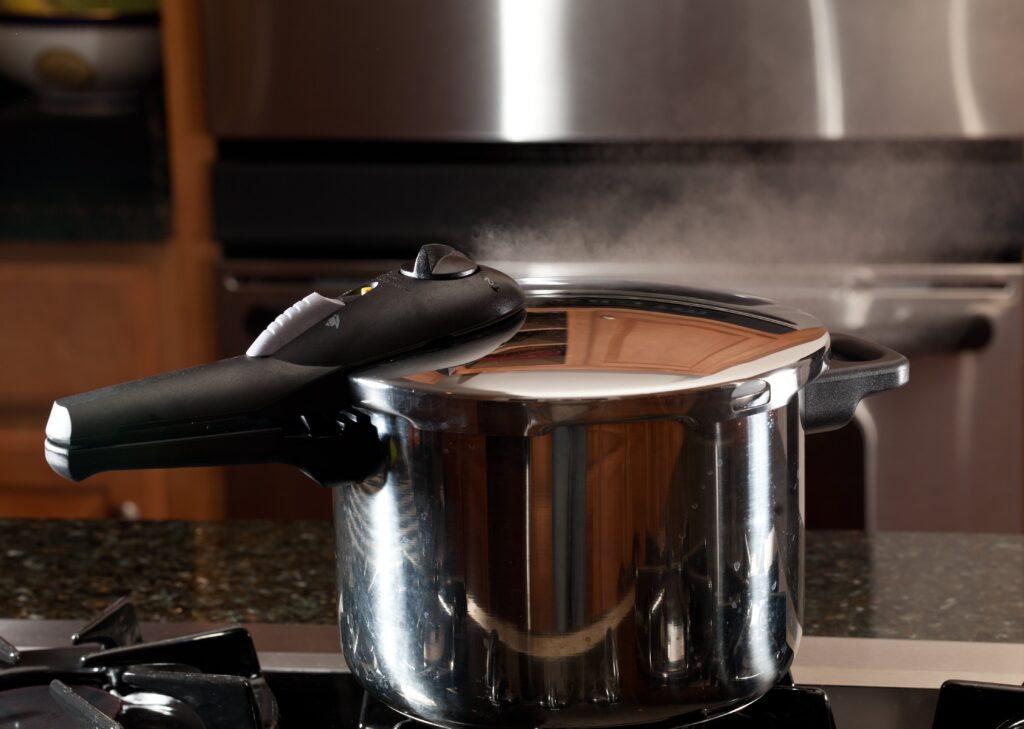
The Science Inside
At its core, a pressure pan is a tightly sealed pot that cooks food quickly under steam pressure. Unlike boiling, where the temperature peaks at 212°F, the increased pressure means that water can reach temperatures well beyond the average boiling point, speeding up the cooking process.
Safety First
Modern pressure pans come with a variety of safety features, including locking mechanisms, overpressure plugs, and release valves, ensuring that you need not worry about things getting out of hand in your kitchen.
Learning the Dance of Steam and Pressure
Mastering a pressure pan involves understanding the delicate balance of heat, pressure, and time. Getting it right can mean the difference between a perfectly tender roast and an overcooked, unrecognizable mess.
Choosing Your Pressure Pan
Material Matters
The type of pressure pan you use can have a significant impact on how well you cook when you start using pressure cooking. Pans made from stainless steel are durable, easy to clean, and maintain an even heating surface, ensuring consistent cooking results. Aluminum pressure pans, on the other hand, are lighter and heat up faster but can react with acidic foods, possibly altering flavors.
Size and Capacity
Selecting the right size is crucial. For small families or individuals, a 4 to 6-quart pressure pan might suffice. However, for larger families or meal prepping, opting for an 8-quart or larger pressure pan can be more practical. Consider your storage space as well; larger pans require more room in your kitchen cabinets or shelves.
Safety Features
Many safety features are included in modern pressure pans to avoid the mishaps of the past. Look for versions with quick-release valves, pressure indicators, and lockable lids. You can cook with confidence knowing that your appliances are being used safely, thanks to these features.
Choosing the proper pressure pan involves considering materials, size, and safety features. Whether you’re cooking for one or feeding a crowd, there’s a pressure pan suited to your needs, promising to make your time in the kitchen efficient, safe, and enjoyable.
Choosing the Right Pressure Pan
Aluminum or Stainless Steel?
Pressure pans can be made of different materials. Aluminum is an excellent conductor of heat and is often more affordable, but stainless steel is sturdier and maintains a sleek appearance over time.
The Multi-Capacity Dilemma
Think about your most common usage when deciding on the size. A 6-quart pressure pan is a great starting point for small families, but if you’re often cooking for a crowd, a larger capacity might be your best bet.
Pressure Release Mechanism Matters
There are two main types: the natural release and the quick release. The former means you turn off the heat and wait for the pan to cool down on its own, while the latter requires you to release the steam manually. It’s a matter of personal preference, but some recipes will specify the type of pressure release needed.
Benefits of Cooking with a Pressure Pan
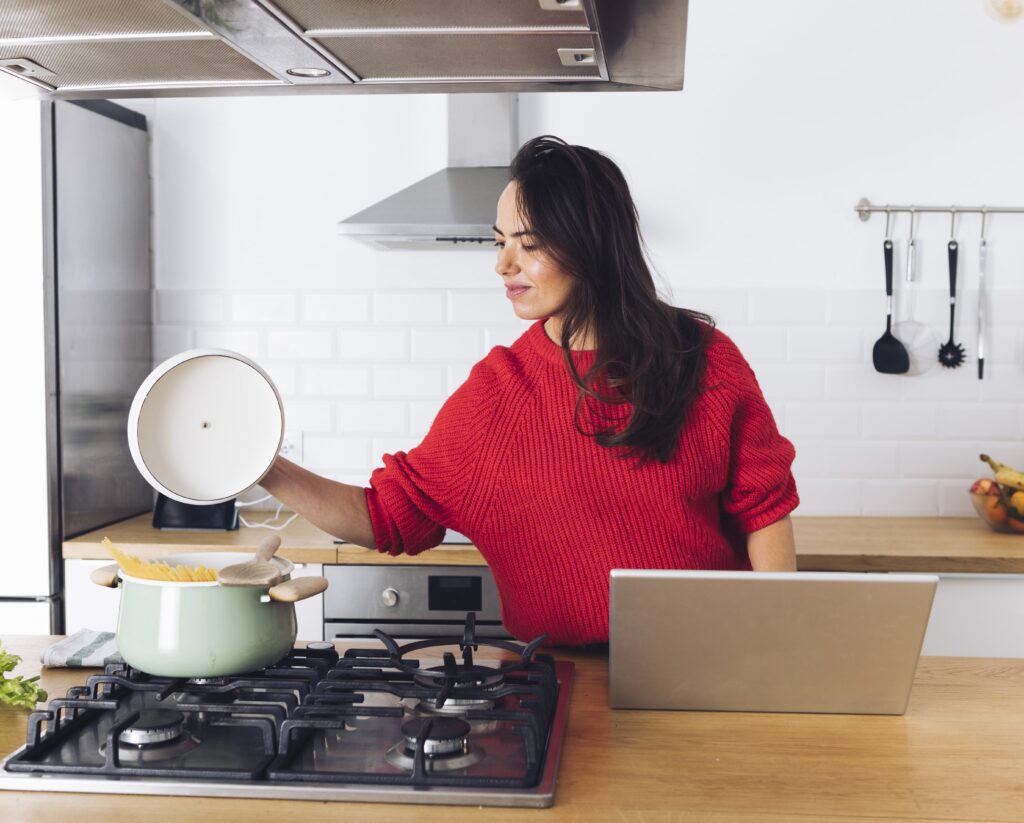
An Explosion of Flavor
Sealing in the flavors under pressure means intense, rich, and robust tastes in every bite. With meals like stews and curries, this is especially evident.
Versatility is Key
Pressure pans are not just for cooking tough cuts of meat. You can make risotto, yogurt, and even cheesecake. It’s not just about speed; it’s about the range of dishes you can create.
Tips and Tricks for the Pressure Pan Pro
Make sure to use enough liquid to create steam, but not so much that you end up with a soup. It’s a fine line, but with practice, you’ll get the hang of it. Moreover, arrange your ingredients in a sensible layer, with foods that require more time at the top and those that require less time at the bottom.
Conclusion
The pressure pan is not just a piece of equipment; it’s a valuable time-saver, a health-conscious chef, and a master of flavor and texture. By understanding how it works, choosing the right one, and experimenting in the kitchen, you’ll soon realize that this tool is an indispensable ally in your daily cooking adventures. It’s time to give the pressure pan the attention it deserves, regardless of your level of culinary experience. It has a lot to offer, so give it some attention. Happy cooking!
As an Amazon Associate, I earn from qualifying purchases

